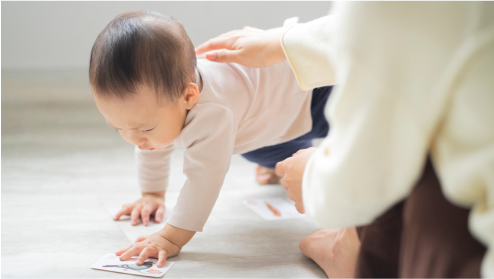WHY DOES MY CHILD HAVE ALLERGIC RHINITIS?
Most allergic diseases are due to a combination of genetic and environmental factors. This means that there is usually a family member with asthma, allergic rhinitis or eczema. However, this alone does not account for the increase in allergic diseases that is happening all over the world. Factors in the environment may account for this.
WHAT ARE HOUSE DUST MITES?
House dust mites are microscopic creatures that are found everywhere in mattresses, pillows, bed sheets, clothes, soft toys, sofas, and carpets. Allergic individuals who may suffer from asthma, allergic rhinitis or eczema are commonly sensitised (allergic) to these house dust mites. The commonest dust mite in Singapore is called Blomia tropicalis. The droppings of these dust mites are the most common trigger of allergies and asthma.















